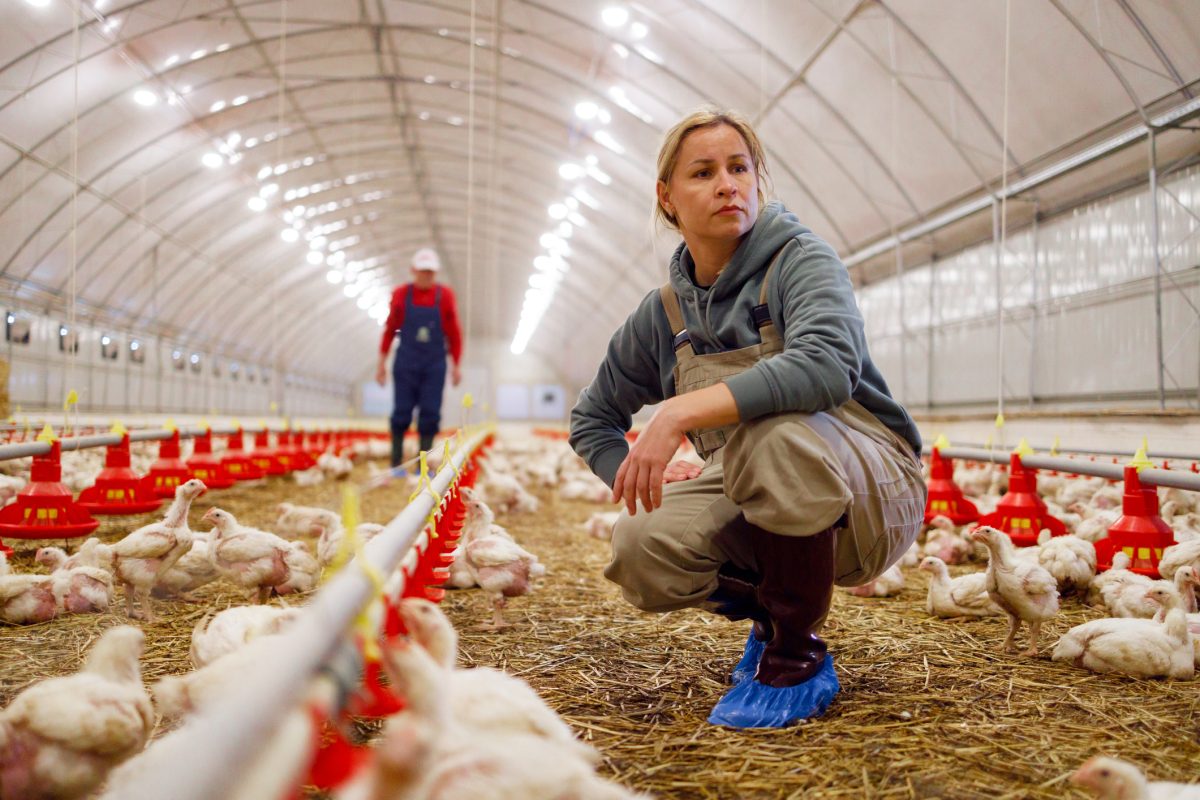Chicago | Reuters — CME Group Inc., the world’s largest futures market operator, said Tuesday it will overhaul the system for setting daily price limits for U.S. grain and oilseed futures to reflect fluctuations in crop prices.
Starting on May 1, CME, owner of the Chicago Board of Trade (CBOT) and other exchanges, will apply limits to markets including corn, soybeans and wheat that reset twice a year based on underlying price levels, according to a notice from the exchange operator.
CME said it also will remove price limits for all grain and oilseed options. Both changes were approved by the U.S. Commodity Futures Trading Commission, according to the notice.
Read Also

China lifts Brazilian poultry imports ban over bird flu
China lifted a ban linked to Brazil’s avian influenza outbreak, the country’s General Administration of Customs said in a notice released on Friday.
The revised system for futures limits offers traders more flexibility and transparency by allowing price limits to expand under higher prices or retract when prices fall, CME spokesman Chris Grams said.
The limits will be reset on the first trading day in May and the first trading day in November.
On May 1, the initial daily limit for corn will drop to 35 cents a bushel from 40 cents (all figures US$). The initial daily limit will rise to $1 from 70 cents for soybeans and drop to 45 cents a bushel from 60 cents for CBOT wheat, the notice said.
To determine the adjusted limits, CME collected daily settlement prices for July futures contracts over 45 consecutive trading days before April 16. Average prices for each contract were calculated based on the collected settlement prices and then multiplied by seven percent. The November limit will be determined in a similar fashion.
The markets currently have daily price limits that remain unchanged throughout the year. CME had sought feedback from market participants on the changes.
The new system could hurt participation in the markets by exposing traders to greater risks when crop prices are high and by sedating low-priced markets where risk is already muted, said Terry Linn, broker for the Linn Group.
“It seems counterintuitive,” he said about the variable limits. “I personally just wish they would set it and leave it.”
— Tom Polansek reports on ag commodity markets for Reuters from Chicago.















